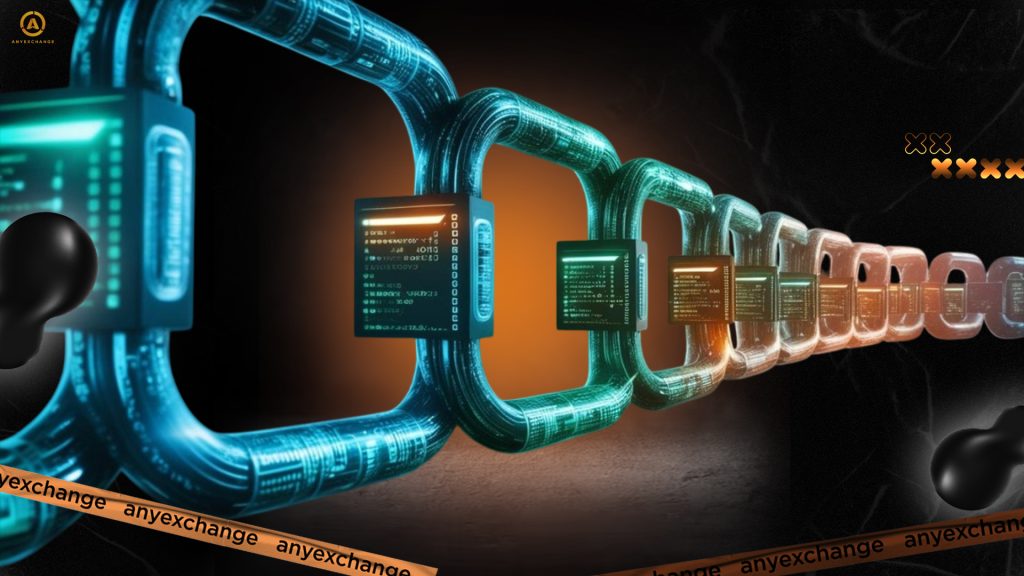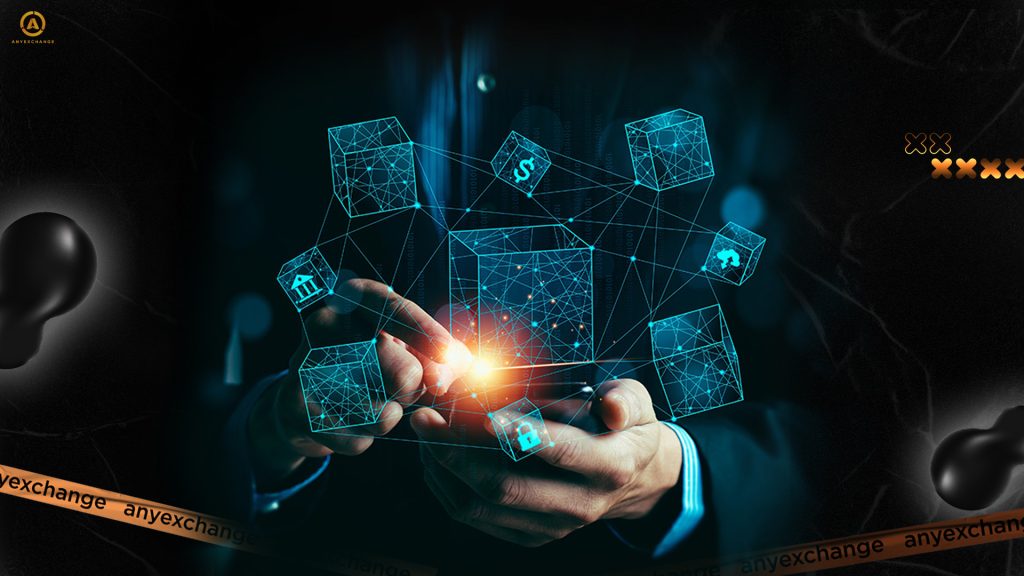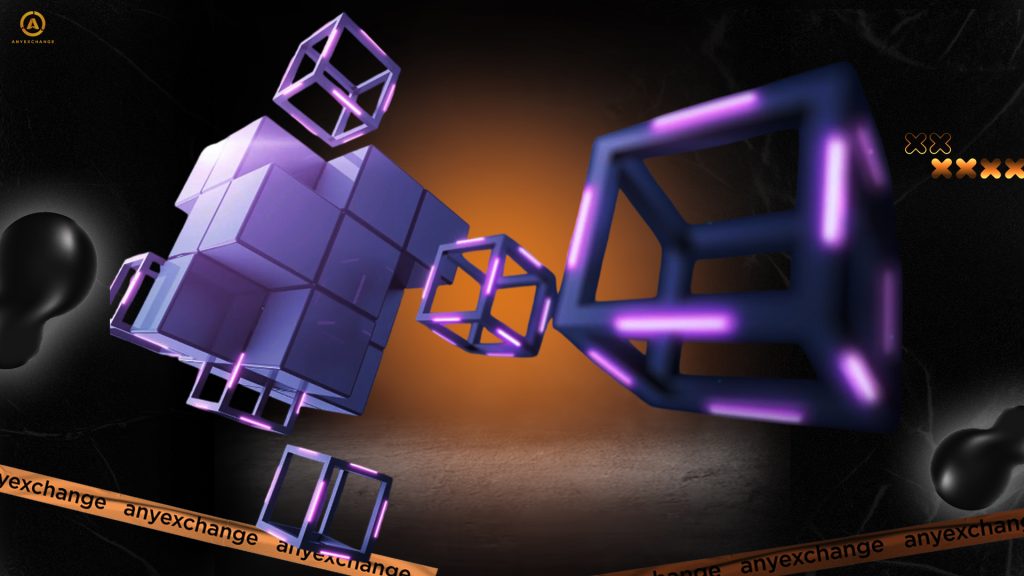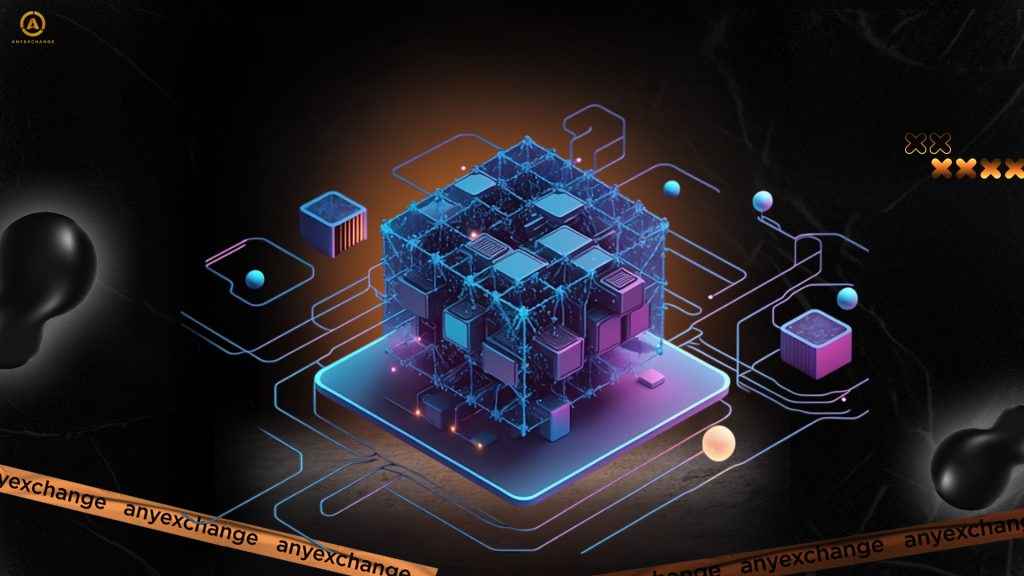
Microtransactions — small payments in a digital environment — are becoming a natural part of the modern economy. They are used to pay for small purchases, online content, in-game purchases, subscriptions, donations, and other nice-to-haves. However, traditional payment systems are not designed to handle them — commissions are often more expensive than the payment amount itself, and the speed of cross-border transfers leaves much to be desired due to processing delays. This sets them apart from blockchain technologies, which provide efficient tools for fast transactions of small amounts with low fees.
Blockchain microtransactions provide a decentralized, affordable and efficient way to make real-time payments. With smart contracts, stablecoins and Layer 2 solutions, decentralized networks are becoming an ideal platform for the development of everyday payments.
This article aims to show how blockchain integration is changing the structure of microtransactions and improving their efficiency, while possessing all the attributes to become the foundation of the future of small payment financing for digital goods and services and beyond.
What are microtransactions and why do they matter?

Microtransactions are small, everyday payments in the digital economy, typically ranging from a fraction of a cent to a few dollars. Their importance is hard to overstate: they enable masses of people to pay for textual and visual content, music, make donations, tip their favorite bloggers, and purchase virtual and real goods and services.
Traditional centralized payment systems such as Visa and PayPal do not work well as microtransaction platforms. Mainly due to high fees (often up to 3% per transaction plus a fixed amount), small payments become uneconomical. For example, to transfer less than $1, the user has to pay 33 cents, or one third. And what if he wants to make such payments often and has many different ones?
Blockchain technologies offer a radically different approach. Decentralized payments eliminate intermediaries, significantly reducing costs. All transactions are recorded in distributed ledgers, ensuring transparency and security. Cryptocurrencies can be used to make thousands of secure micropayments per day at no significant cost. And this opens up huge opportunities for e-commerce, entertainment, media, philanthropy, and can simplify the lives of millions of users.
How does blockchain support microtransactions?

First and foremost, through low fees. For example, on Solana networks, the average cost of commissions is in the neighborhood of a fraction of a cent. By comparison, PayPal’s minimum commission can be as high as $0.30 plus a percentage of the transfer amount.
Decentralized networks also offer near-instantaneous speed. Layer 2 solutions such as the Lightning Network for Bitcoin or Optimism and Arbitrum for Ethereum offer instant transfers that take place outside the underlying network while maintaining all necessary security parameters.
Another important element is the ability to make stablecoin payments. Using stable assets such as USDT and USDC reduces the volatility inherent in most digital currencies. This makes cryptocurrency payments attractive to conservative users who value the predictability of traditional money.
Smart contracts complement the blockchain’s micropayment capabilities by automating processes. For example, you can create a subscription for news or music where the smart contract itself debits minimum amounts each month without the involvement of a bank or platform. They are also actively used to distribute royalties to music and video creators, instantly and accurately distributing income to all participants.
And finally, the scalability of blockchain. New projects such as Aptos and Sui are demonstrating the ability to process tens of thousands of transactions per second.
Challenges of traditional payment systems
- High fees. Traditional payment systems charge a flat fee plus a percentage. This means that small-dollar transactions can disadvantage both users and businesses. High infrastructure costs make microtransactions unprofitable. For many platforms, processing a $0.5 payment costs more than the payment itself.
- Slow processing of transfers, especially international transfers. A traditional cross-border transfer can take one to five business days, which is unreasonable in today’s digital economy.
- The financial inclusion challenge. A large portion of the world’s population has limited access to traditional financial services. More than 1.4 billion adults worldwide do not have bank accounts.
Microtransactions in Blockchains
Microtransactions via blockchain are increasingly being used in a variety of industries, fundamentally changing the way humanity thinks about everyday payments.
- First and foremost is e-commerce. Today, consumers can pay for goods or services in real time using cryptocurrency payments. For example, by integrating stablecoins into Shopify, users can pay with digital currencies without intermediaries and without waiting for bank confirmation, making the process faster and cheaper.
- In content and media, microtransactions open up a new monetization model: individual articles, videos or songs can be accessed for a small fee with no subscription required. Platforms like Audius allow listeners to reward artists directly using tokenized assets.
- Gaming was one of the first sectors to actively use microtransactions via blockchain. Projects like Fortnite and Axie Infinity have introduced in-game purchases using their own tokens, allowing players to buy, sell, and trade virtual items instantly and securely.
- Tipping and donations are also undergoing a revolution. Cryptocurrency wallets allow users to thank their favorite creators without bank fees or middlemen. Examples inсlude subscribing to premium content on Patreon, integrating wallets with Twitter(X) to send tips in Bitcoin via the Lightning Network.
- Blockchain-enabled microtransactions are also finding interesting applications in IoT ecosystems and smart devices. In the future, cars will be able to automatically pay for parking, charging or toll roads, and home appliances will be able to pay for electricity consumption. Projects like IOTA are actively working to build the infrastructure to make such scenarios a reality.
- Thanks to blockchain technology, millions of people in developing countries have access to secure and cheap everyday payments that bypass the banking infrastructure. Mobile wallets built on the Celo blockchain enable transfers in seconds with virtually no fees.
Technologies and projects for microtransactions
Successful realization of the microtransactions direction is impossible without the development of projects focused on fast transactions with minimal costs. Solana stands out here, where the average commission per transaction is about $0.00025. Another important player is Stellar, which was originally created for cross-border payments with a focus on high availability.
Layer 2 solutions for large decentralized networks also play an important role. The Lightning Network for Bitcoin enables instantaneous transfers at virtually no cost, making Bitcoin suitable for real-world micropayments. In the Ethereum ecosystem, Arbitrum and Optimism perform similar functions, increasing the scalability of the blockchain and reducing transaction costs.
Projects dedicated to micropayments also inсlude platforms such as Celo, Nano, and Request Network.
Challenges and limitations of microtransactions in blockchains

- Blockchain scalability. Today, not all networks can handle billions of microtransactions per day without losing speed or increasing fees. While Layer 2 solutions and new blockchains are improving the situation, large-scale integration will require further technological innovation.
- Volatility. Stablecoin payments partially address this issue, but other digital currencies are prone to volatile exchange rates, making them risky to use for everyday payments.
- Regulatory barriers. In some countries, the use of cryptocurrencies is restricted or even banned, which hinders the development of advanced services based on cryptocurrencies.
- User experience issues. For beginners, creating and setting up cryptocurrency wallets, connecting to payment protocols, or interacting with smart contracts remains a challenging task. This limits mass adoption of the technology.
- Competition with traditional systems. Payment giants such as Visa, Mastercard and SWIFT are investing billions to modernize their networks, reduce fees and increase transfer speeds to maintain their market position.
The future of microtransactions in blockchains
It looks very promising. Today, analysts predict that in 5-7 years, blockchain micropayments will become the standard for digital payments, replacing traditional payment methods.
One of the key trends will be integration with Web3. Within the tokenized economy, users will be able to not only make payments, but also own digital assets, participate in decentralized autonomous organizations (DAOs), and directly monetize their own content without intermediaries.
The potential for mass adoption of microtransactions is also tied to an improved user experience. Simpler cryptocurrency wallet interfaces, built-in fiat cryptocurrency purchase capabilities, and the growing popularity of stablecoins will set the stage for millions of new users to join the digital economy.
CBDCs — central bank digital currencies — will play an important role. Their mass introduction can have a significant impact on the microtransaction market. The issue of privacy and openness of payments will be an important factor in the choice between public digital currencies and decentralized solutions.
In other words, the future of microtransactions in blockchains is not just about reducing the cost of transfers, but about radically changing approaches to owning, using, and transferring value in the digital space.
Conclusion
Microtransactions on blockchains are emerging as a catalyst for global change in digital payments. By decentralizing and reducing fees, they are making transfers faster, cheaper and more accessible to users.
We are already seeing widespread use of micropayments in areas such as gamification, content and media, financial inclusion, and in new directions such as automated IoT payments.
If you want to be on the same page with this evolutionary trend, try sending your first microtransaction from a cryptocurrency wallet to understand how this blockchain technology trend works. Because in just a few years, you won’t be able to imagine your daily life without it.
Thank you for reading our article. Invest safely and profitably!
AnyExchange is a cryptocurrency exchanger that allows you to convert popular digital assets at the most favorable exchange rates. We work with international payment systems, conducting transactions with bank cards and cash. Fast and secure money transfers worldwide are also available on the platform.
FAQ
What are blockchain microtransactions?
They are small cryptocurrency transfers, usually for amounts less than a dollar, that are made fast and with minimal fees thanks to blockchain technology.
Why is blockchain better for micropayments?
Blockchain allows transactions to take place directly between users without intermediaries, reducing fees and speeding up the process of transferring funds.
What stablecoins are used for payments?
The most popular are USDC and USDT, which are backed by real assets, and DAI, which maintains exchange rate stability using special algorithms and cryptocurrency collateral in smart contracts.
Are blockchain transactions safe?
Yes, with the proper use of wallets and basic security measures, blockchain transactions are among the most secure ways to transfer digital value.
How do I get started using a cryptocurrency wallet for microtransactions?
You need to choose a wallet (e.g. MetaMask, Trust Wallet or Celo Wallet), create an account, fund your balance with cryptocurrency and start sending microtransactions.





